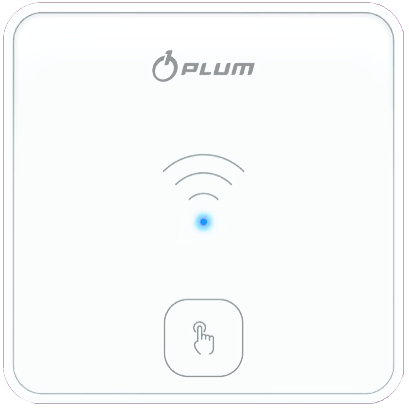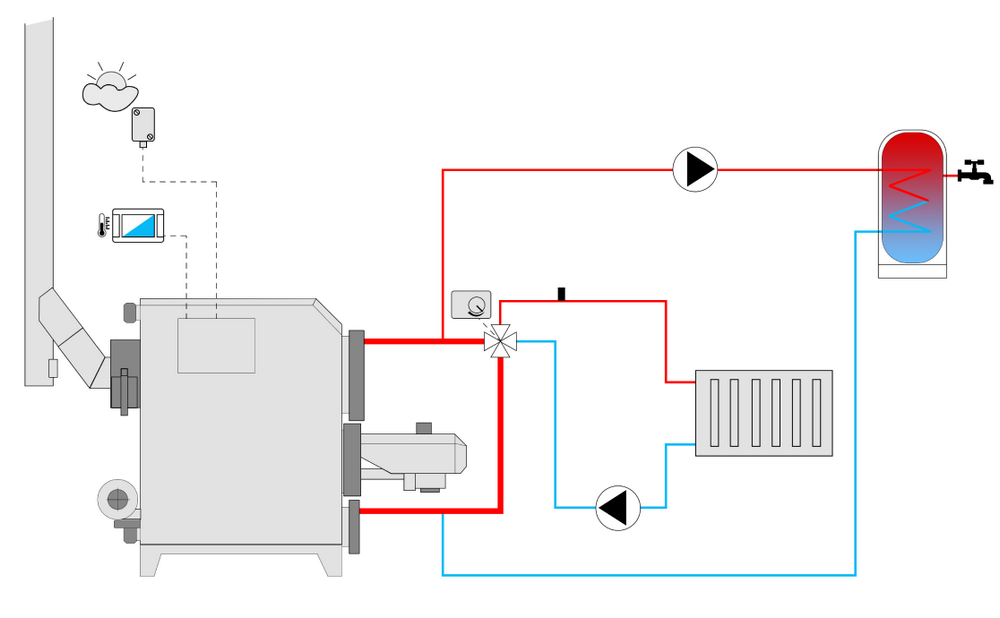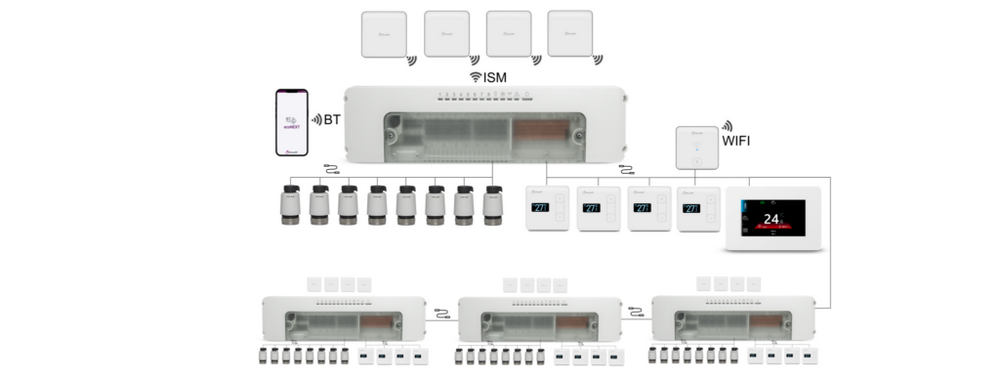Wired and wireless indoor climate control from PLUM
The Polish company PLUM offers popular automation for boilers (including wireless climate control), which allows you to deploy multifunctional climate control. End devices can be connected via wired or wireless interface. Which one should you choose?

How automation and terminal climate control devices Plum are connected
The illustration shows how the manufacturer proposes to organize climate control based on its equipment. Wireless connection implies the presence in the system of a WI-FI module and corresponding wireless thermostats, sensors and touch panels that connect to the expansion module. This allows you to deploy climate control when installing any FOCUS boiler (or any other one implemented on PLUM automation) in any convenient place without laying cables.
Of course, the wireless format is associated with a number of risks and possible attacks on wireless devices. However, in this case they are implemented using “analog” automation and are relays and sensors with wireless connections. In addition, PLUM actively works to improve the security of its systems.
However, if you want to be completely confident in the operation of your boiler, choose a wired interface and set up secure control via the Internet module. Another option is to shield the walls and have signal repeaters in the premises. These methods of organizing safe access to climate control devices can be neglected if the system is deployed in detached buildings and houses at a considerable distance from urban areas.
Smart heating from PLUM is inexpensive
It should be taken into account that wired and wireless climate control is a developed multifunctional system that serves several heating circuits. It can be deployed in an individual home, in an office space, in a manufacturing facility, or in a communal boiler room for an apartment building.
The basic model of the FOCUS boiler has a built-in ECOMAX microcontroller, which allows you to connect temperature sensors and a touch-sensitive weather controller that will control the operation of one heating circuit. Additional functions can be implemented using radiator thermostats. In fact, the user of an adjustable boiler does not pay extra for the existing climate control, which is provided by default.







